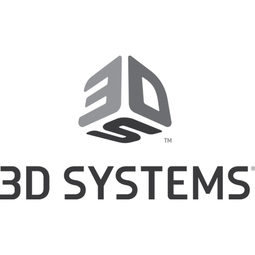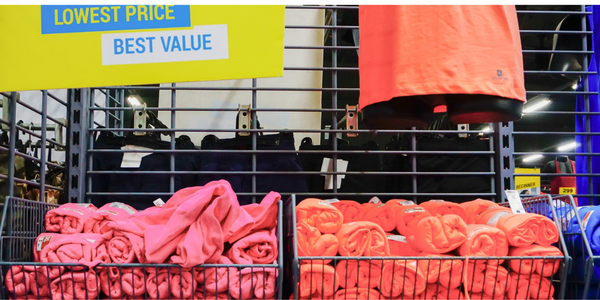3D Systems
Case Studies
High Density Stacking Capability Enhances Productivity in 3D Part Production at Decathlon
Overview
 |
High Density Stacking Capability Enhances Productivity in 3D Part Production at Decathlon3D Systems |

|
Wearables - Augmented Reality Glasses, Headsets & Controllers | |
Equipment & Machinery Glass | |
Additive Manufacturing Virtual Prototyping & Product Testing | |
Testing & Certification | |
Operational Impact
| The use of the Figure 4 platform and new stacking feature of 3D Systems’ 3D Sprint® software has enabled Decathlon to directly produce 3D printed end-use parts. The stacking feature has significantly reduced the print preparation process time. The high-density stacking capability of Figure 4 has brought efficiencies of scale to post-processing as well as part building, allowing Decathlon to treat a batch of parts the same as a single part. This has resulted in significant time savings and increased productivity for the company. The use of the Figure 4® PRO-BLK 10 material has also ensured high precision and quality of the parts produced. | |
Quantitative Benefit
| Stacking has reduced print preparation time by as much as 80% | |
| Builds that used to take 30 minutes to an hour to prepare can now be completed in six to 10 minutes | |
| Decathlon uses the Figure 4 Modular system to print stacks of 100 parts in 85 minutes, which is equivalent to just 42 seconds per part | |


